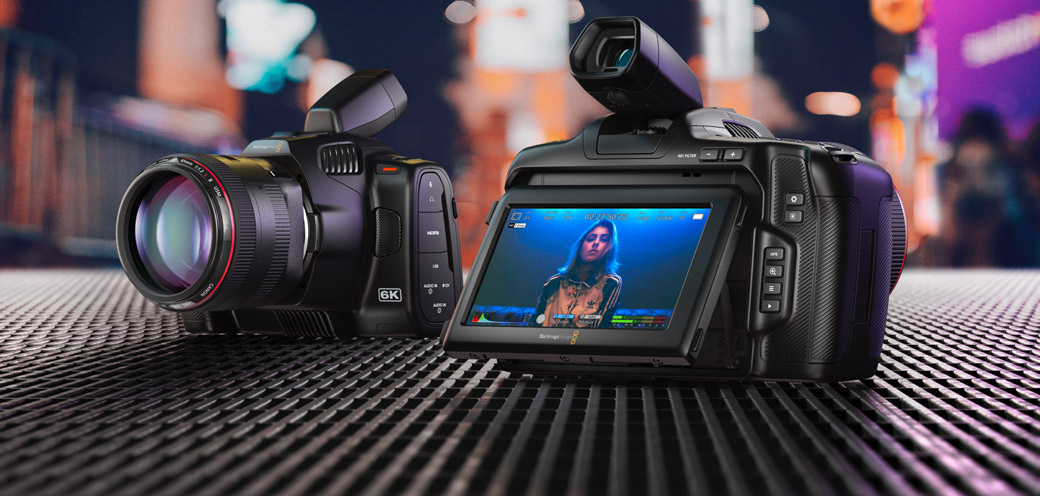


The best cinema cameras: Reviews & Recommendations Best 4K: Canon C300 MK III These factors play a big part in how I choose a camera for myself. Beyond that, I dug into specs: image resolution, dynamic range, shooting format, frame rate, cost, size, lens mount, recording media, and overall ergonomics. I focused foremost on the quality of the footage, and how well it achieved my artistic goals. I selected five favorite cameras from four companies out of a field of 10 (made by seven different manufacturers). Spec sheets and white-papers rounded out the research. I read industry web sites for reviews and real-world evaluations, and checked in on buyer feedback for a more wide-ranging look at people’s impressions of these cameras. When evaluating the best cinema cameras, I looked to my own experience as a professional cinematographer and cameraman, and also consulted closely with colleagues. Best affordable: Blackmagic Pocket Cinema Camera 6K Pro.It’s important to do your research, and to that end, we’ve put together a list of what we feel are the best cinema cameras to help you on your way to your first Oscar nomination.

Given the level of investment required, buying a cinema camera can be a daunting task. But taking the time to practice and learn and really understand how these cameras work will prevent a fair amount of frustration. Which isn’t to say you need to be a professional director of photography to use one. These cameras reward people who understand the fundamentals of cameras and shooting.

More than that, the cameras require a certain amount of experience to use correctly. They’re expensive, for one thing-with a couple exceptions, over-the-counter cinema cameras cost anywhere from $5,000 to $12,000 dollars for just the bodies. All this is in the service of capturing footage that looks fantastic on TV or the big screen.īut these cameras aren’t for everyone. Other common features that might not be exclusive to cinema cameras include balanced audio inputs, ND filters, and HDMI or SDI video outs. They also shoot in relatively uncompressed file formats (including Apple ProRes HQ, MXF, and different flavors of raw), and can do so at higher frame rates for smooth slow-motion footage. (Unless you’re Stanley Kubrick, perhaps.) Generally, digital cinema cameras feature interchangeable lens mounts, Super35 or full-frame sensors, resolutions that start at 4K, high dynamic range, an in-camera log gamma setting, and decent low-light performance. Cinema cameras deliver high-quality footage and provide advanced features not commonly found on the kind of camcorder you’d use to shoot your family reunion.


 0 kommentar(er)
0 kommentar(er)
